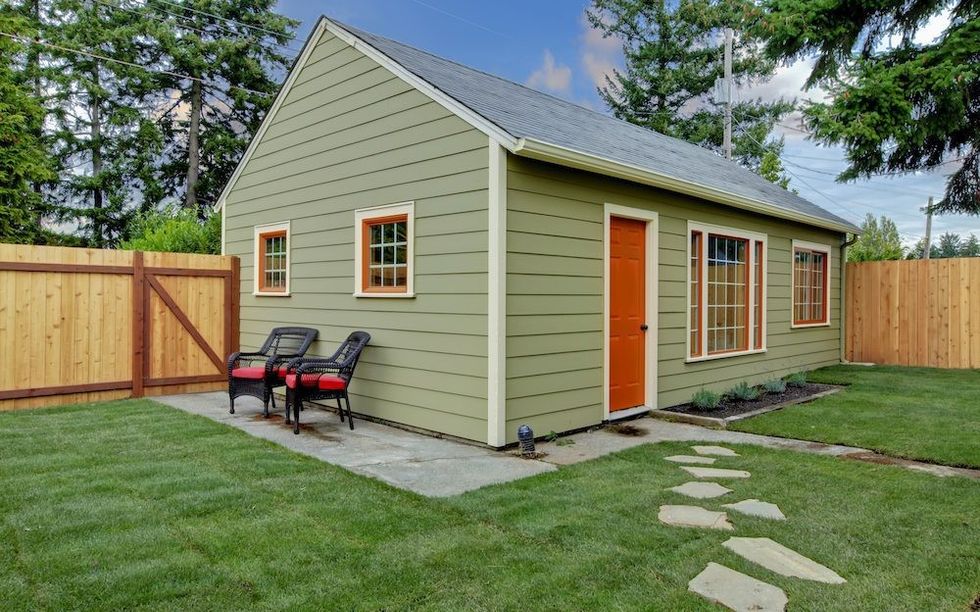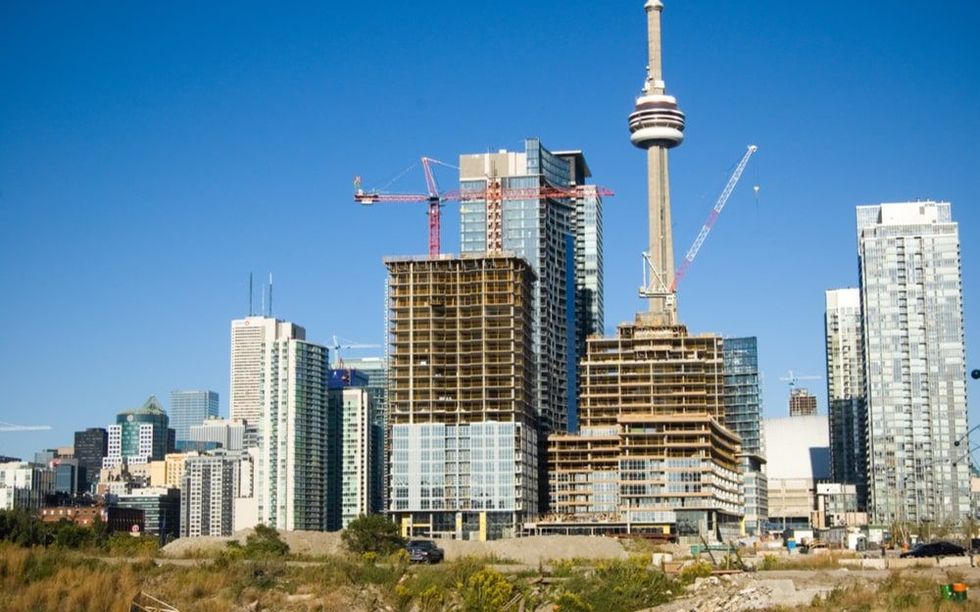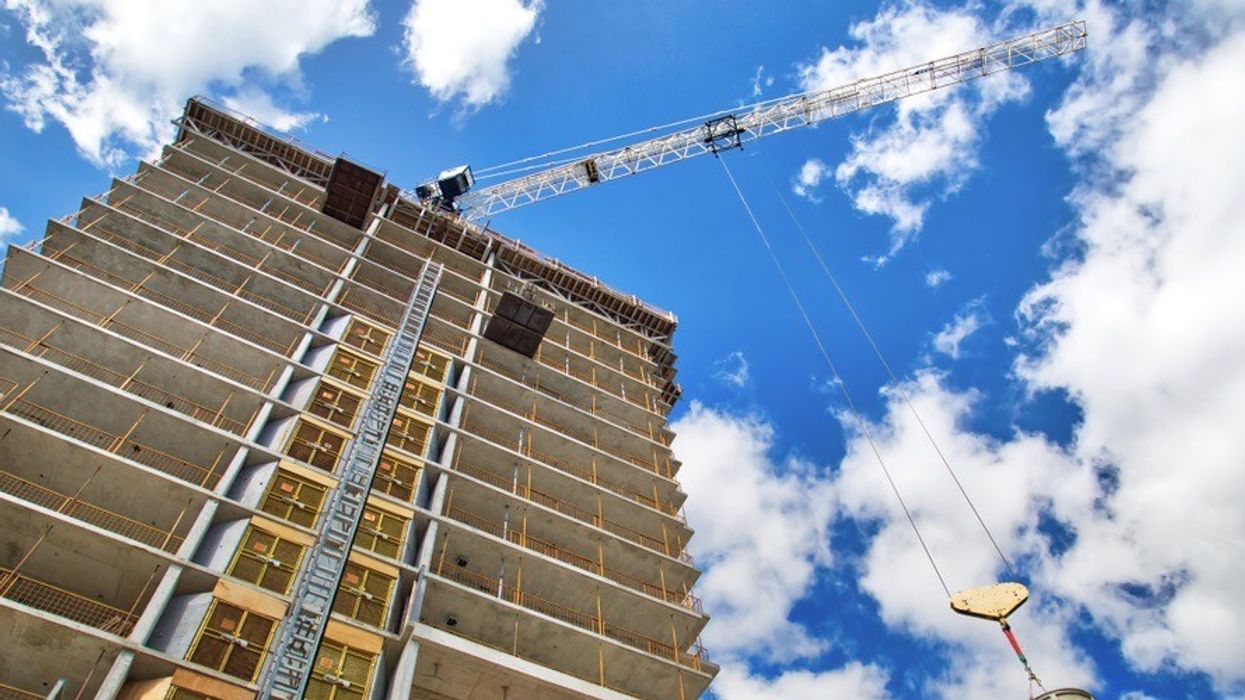April showers bring... more red tape to cut. Today, the Ontario government doubled down even further on its relentless mission to speed up government processes and build homes faster, with the Cutting Red Tape to Build More Homes Act, 2024.
The spring 2024 red tape reduction package was tabled by Housing Minister Paul Calandra and includes a variety of measures designed to improve service delivery, while saving people and businesses time and money. These targeted steps would build on the actions Ontario has taken to cut red tape to date, which are expected to save people and businesses over 1.5 million hours and $1.2 billion every year.
The sweeping legislation tackles everything from mass timber and modular housing, to student housing.
If passed, the act will require ministries to develop business service standards for permits and license services to help businesses understand how long they can expect to wait for a decision about a permit or license they need. Furthermore, Premier Ford’s government says it would reduce regulatory burden, delays, and costs for utility projects.
Citing the desire not to “micromanage” municipalities, the new legislation would help those municipalities through a variety of measures. One involves building homes faster at a lower cost, including by letting homebuyers and homebuilders decide on the number of parking spaces in new residential development near transit based on market needs, and by making it easier to build more garden suites, laneway homes, and basement suites.

Another aspect of the legislation involved prioritizing infrastructure for ready-to-go housing projects with a new “use it or lose it” process to address stalled development. The government also wants to improve consultation and provide municipalities and builders with greater certainty to get homes built faster, including by limiting third-party appeals to the Ontario Land Tribunal (effectively, taking direct aim at NIMBYism).
It also has an agenda to build more types of homes for people by supporting standardized designs to reduce delays and costs, including for modular homes, and supporting innovative construction methods, like mass timber. On the mass timber front, earlier this week, the provincial government also announced it would increase height restrictions in mass timber builds from 12 storeys to 18. Perhaps most notably, the act proposes streamlining approvals for much-needed student housing by exempting public universities from the Planning Act to speed up the building of new student housing units.

"Removing barriers faced by universities when building student housing shows how we can find innovative ways to get shovels in the ground sooner,” says Jill Dunlop, Minister of Colleges and Universities. “By requiring postsecondary institutions to publish their student housing policies, we’re also ensuring students have access to and are aware of student housing options that are safe, affordable and within an easy commute to campus."
The proposed act is just the latest of many measures designed to “cut red tape” and “get shovels in the ground.”
“These measures recognize the struggles that our municipal partners have faced in building homes and are targeted at removing those obstacles,” said Paul Calandra, Minister of Municipal Affairs and Housing and Minister of Legislative Affairs. “We’re not going to micromanage and dictate a one size-fits-all approach across the province. Municipalities know their communities best – they know where it makes sense to build homes. That’s why we’re supporting them by giving them the funding and tools they need to build much-needed infrastructure and more housing, of all types.”





















